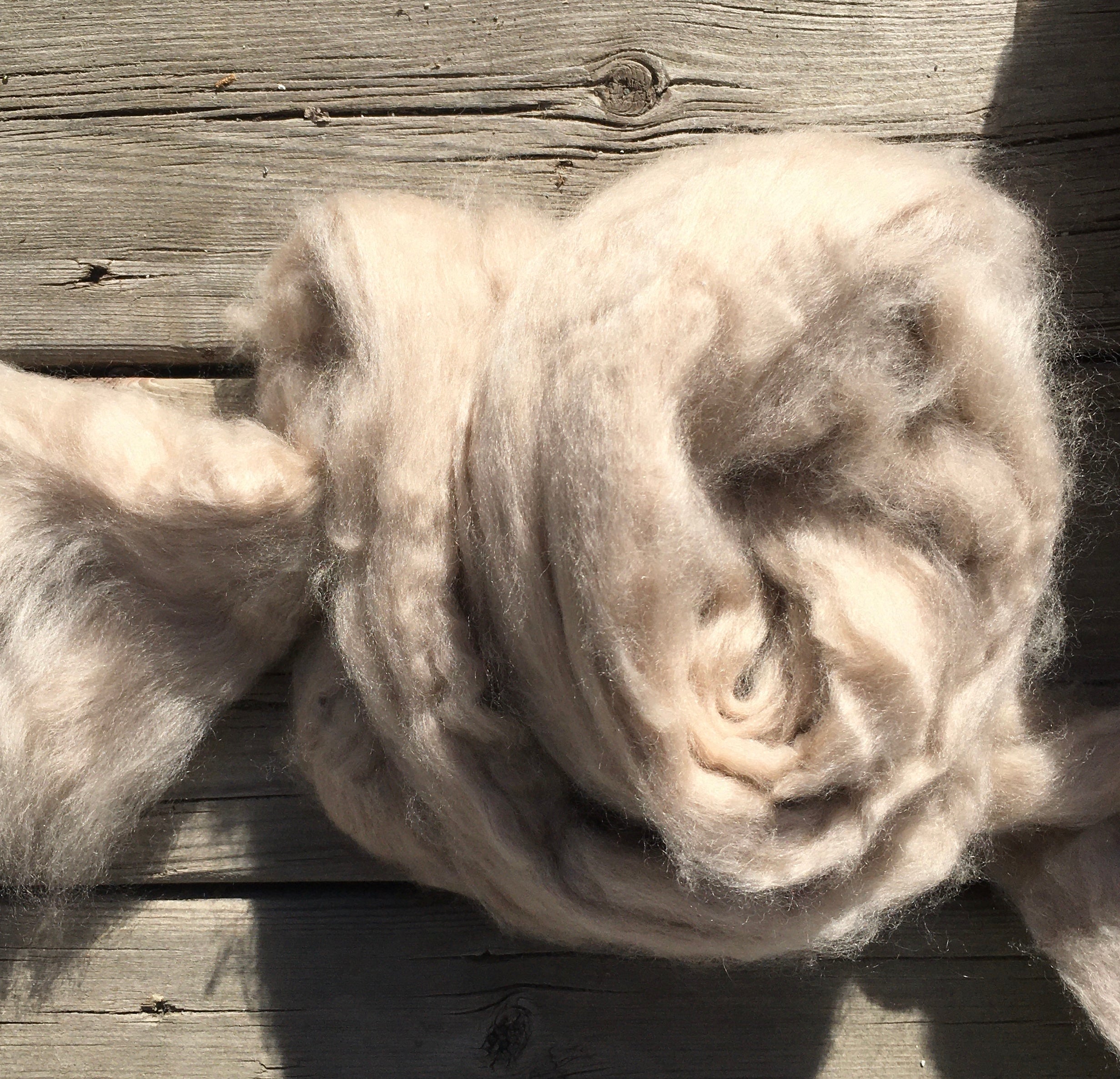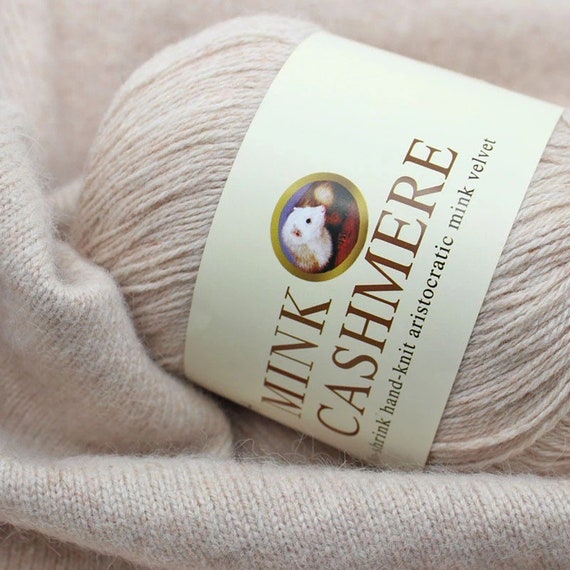How is cashmere Fibre Produced and Why Is It So Desired?
How is cashmere Fibre Produced and Why Is It So Desired?
Blog Article
Comprehending the Various Kinds Of Cashmere a Natural Fiber and Their Distinct Advantages

The Origins of Cashmere: A Historical Review
While the elegant touch of cashmere continues to charm modern consumers, its beginnings trace back to the harsh, cool environments of Mongolia and the Himalayas. For centuries, the aboriginal individuals of these areas have actually been increasing Capra Hircus goats, the prime resource of cashmere woollen. These goats, durable versus the extreme wintertimes, expanded a great undercoat to make it through, which later came to be understood as cashmere.

The Production Refine: From Goat to Garment
Shearing a Capra Hircus goat marks the creation of the elaborate cashmere production procedure. This fragile procedure typically occurs once a year throughout spring. The fine, soft undercoat is after that divided from the coarser outer hair, a process referred to as dehairing. The resultant raw cashmere is then cleaned to eliminate pollutants such as dirt, oil, and veggie issue.
The tidy fiber is subjected to coloring, spinning, and weaving, or knitting, to transform it into a fabric. Complex treatments such as top quality control checks and completing processes follow, ensuring the end item keeps the elegant standard anticipated of cashmere. This meticulous process, from goat to garment, justifies the high price affixed to cashmere products, making them a sign of high-end and refinement.
The Numerous Kinds of Cashmere: An Extensive Analysis

The Unique Benefits of Cashmere: Comfort and Sustainability
Relocating from the selection of cashmere types to the benefits they provide, comfort and sustainability stand out prominently. Cashmere, a natural fiber, is renowned for its unmatched softness, providing a level of convenience that artificial fibers can't match.
When it comes to sustainability, cashmere is renewable and biodegradable, as it's collected from cashmere goats that regrow their layers every year. what is cashmere. Unlike synthetic fibers which can take hundreds of years to decay, cashmere's effect on the atmosphere is minimal. This mix of comfort and sustainability makes cashmere a helpful option for conscious customers

Taking Care Of Your Cashmere: Upkeep and Preservation Tips
While cashmere is unquestionably a elegant and lasting selection, it needs specific care to maintain its top quality and expand its lifespan. To start, cashmere ought to be hand washed utilizing cool water and a light cleaning agent. Stay clear of twisting or wringing the garment as it can damage the fibers. Instead, carefully capture out excess water and lay it level on a towel to completely dry. Additionally, cashmere things must be kept in a great and completely dry location, away from direct sunlight and moisture. Making use of moth repellents can shield these garments from prospective damages. It's advisable to prevent hanging cashmere to avoid extending. Instead, fold and shop them properly to keep their form and top quality gradually.
Buying Cashmere: Understanding Its Value and Well Worth
Although cashmere may at first look like a pricey financial investment, its long-term worth and worth become obvious when you consider its amazing high qualities. Known for its unrivaled gentleness and heat, cashmere is a costs natural fiber that exceeds other products. Its high need and restricted supply add to its high cost, but its resilience ensures it lasts for several years, offering superb value for money. Cashmere items are ageless, typically ending up being heirlooms passed down through generations. what is cashmere. Its all-natural shielding homes provide warmth without the mass of synthetic fibers. Buying cashmere, as a result, is not just about present fashion patterns, however about welcoming a sustainable, resilient, and lavish way of living.
Conclusion
In summary, the type of cashmere one chooses, be it Mongolian, Chinese, or Italian, is dictated what is cashmere by private preferences for heat, sustainability, spending plan, and luxury. Comprehending the origins, production procedure, and special benefits of different kinds of cashmere can assist customers in their investment in this lavish all-natural fiber.
Whether it's the phenomenal warmth of Mongolian cashmere, the price of Chinese cashmere, or the eco-conscious manufacturing of Italian cashmere, there's a tale to be discovered behind each fiber kind. Cashmere, an all-natural fiber, is renowned for its exceptional soft qualities, giving a level of comfort that artificial fibers can't match.When it comes to sustainability, cashmere is sustainable and eco-friendly, as it's gathered from cashmere goats who regrow their layers each year. Known for its unequaled soft qualities and heat, cashmere is a costs natural fiber that outmatches various other materials. Comprehending the beginnings, production process, and distinct advantages of different kinds of cashmere can assist consumers in their investment in this elegant natural fiber.
Report this page